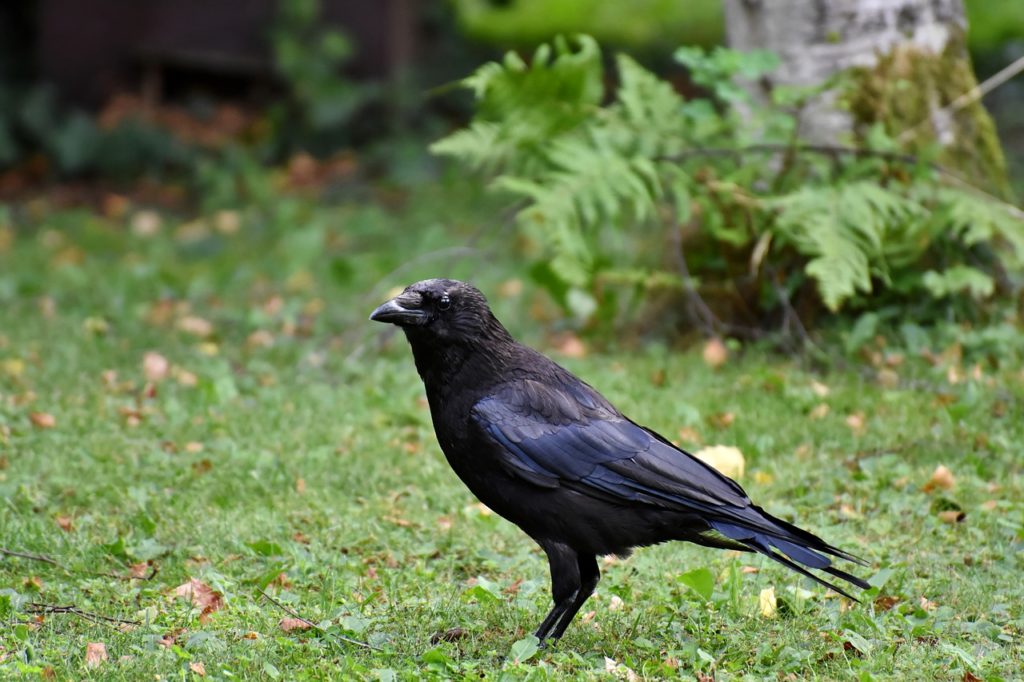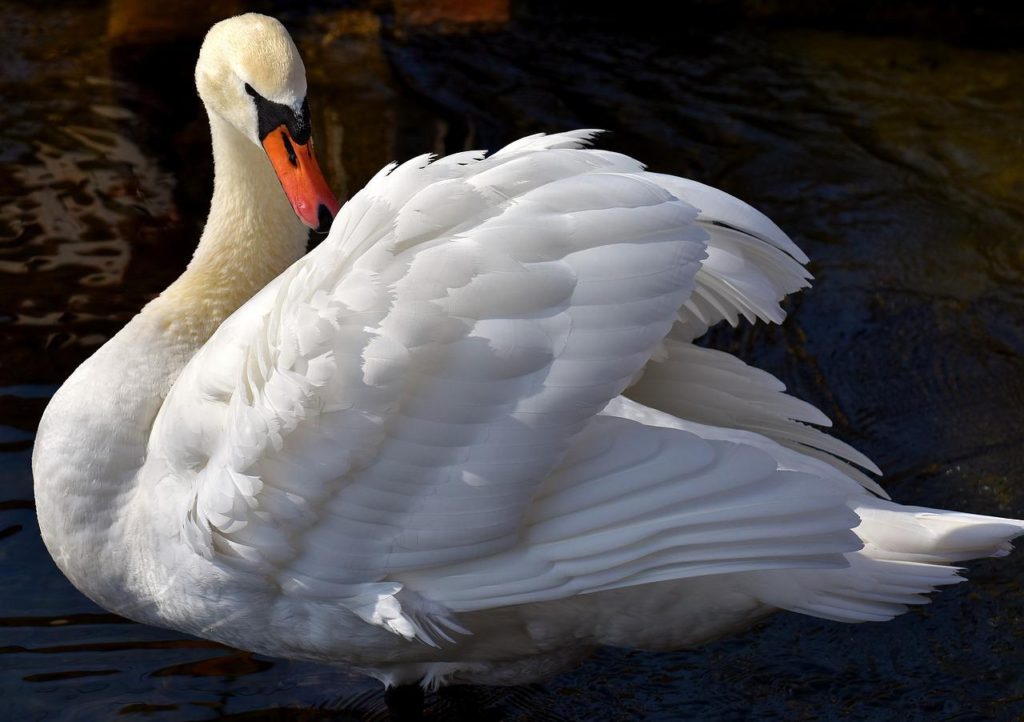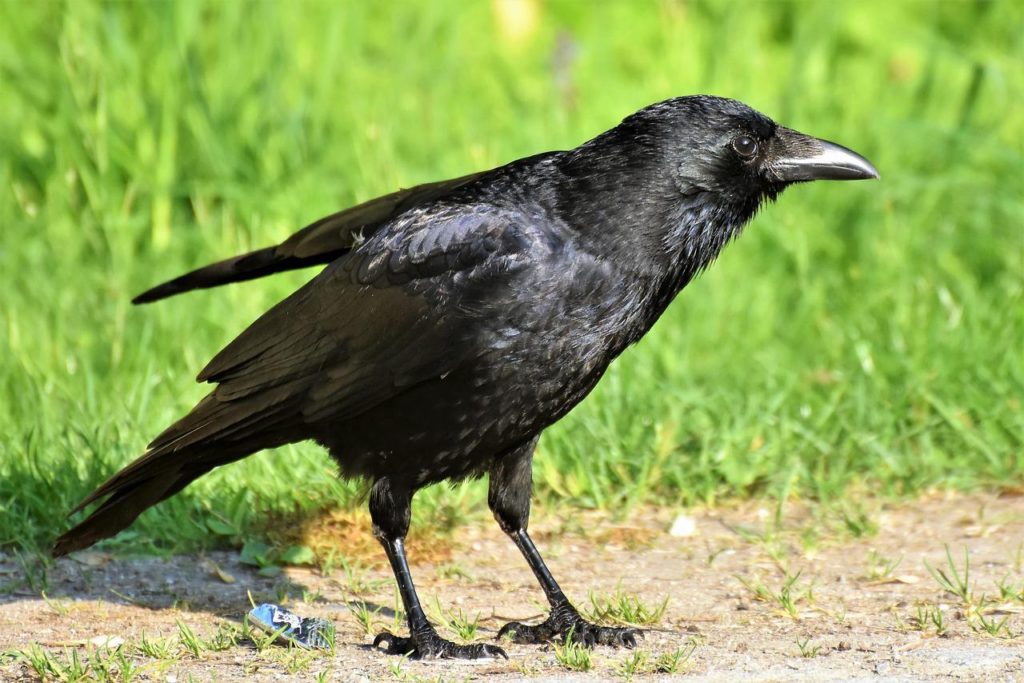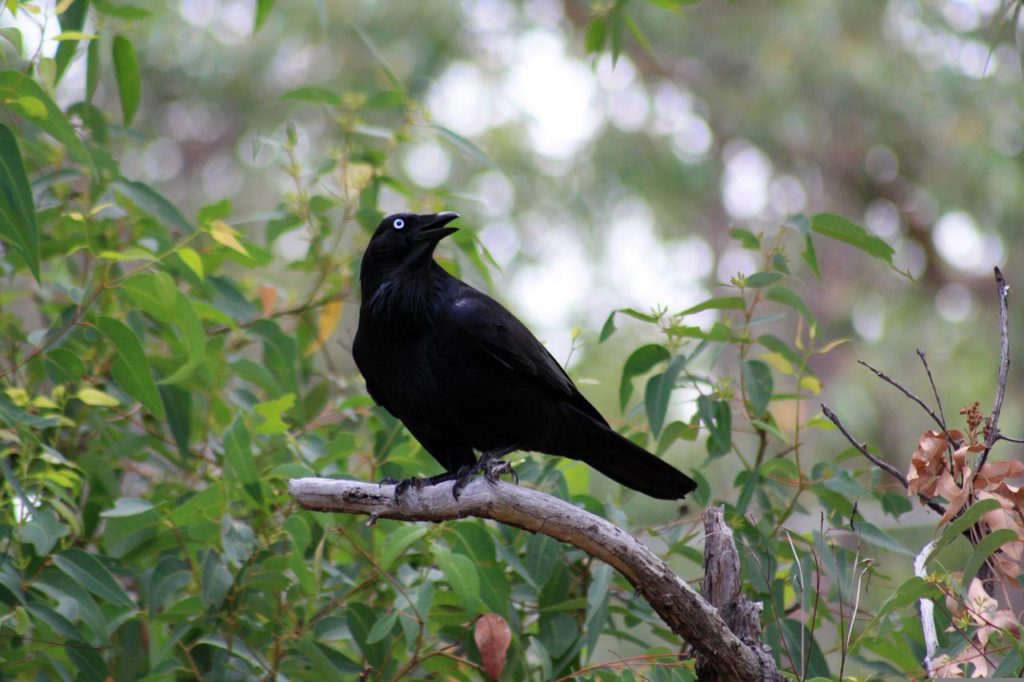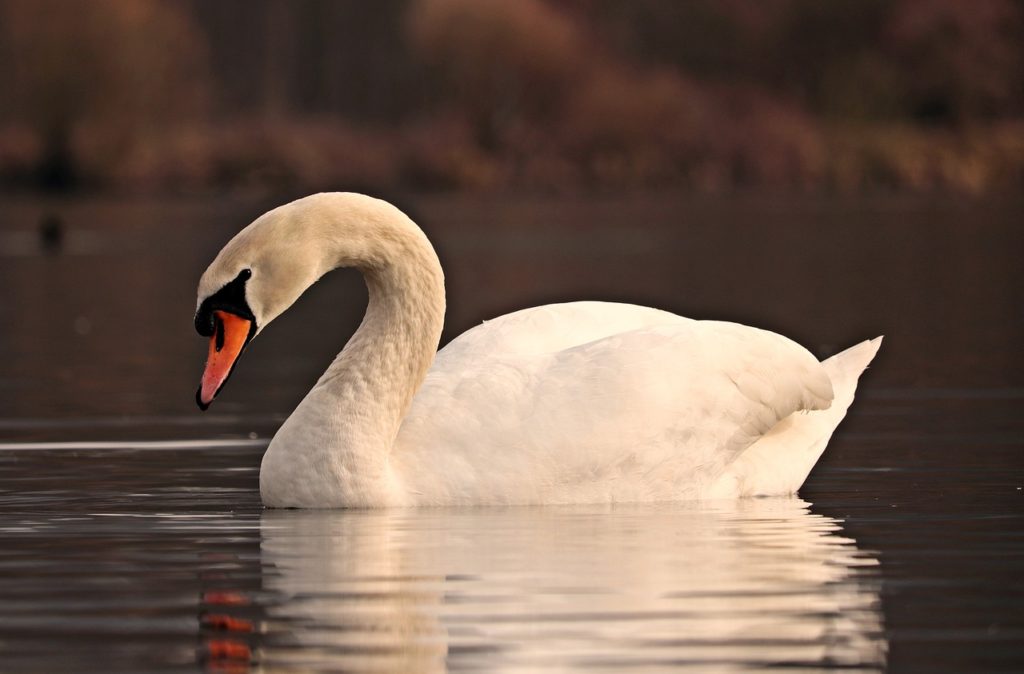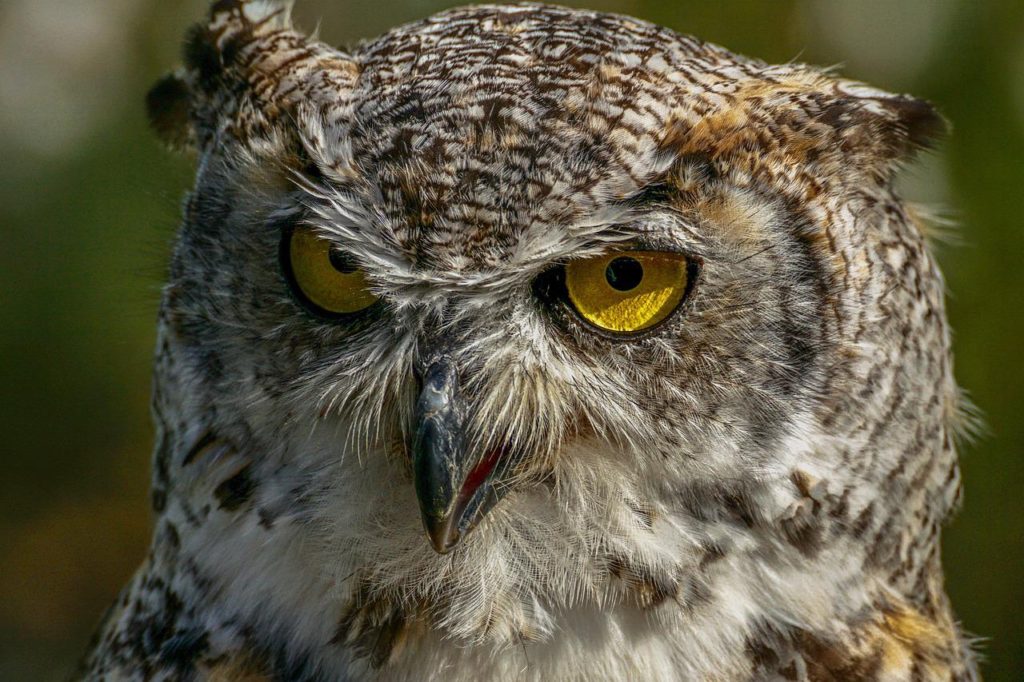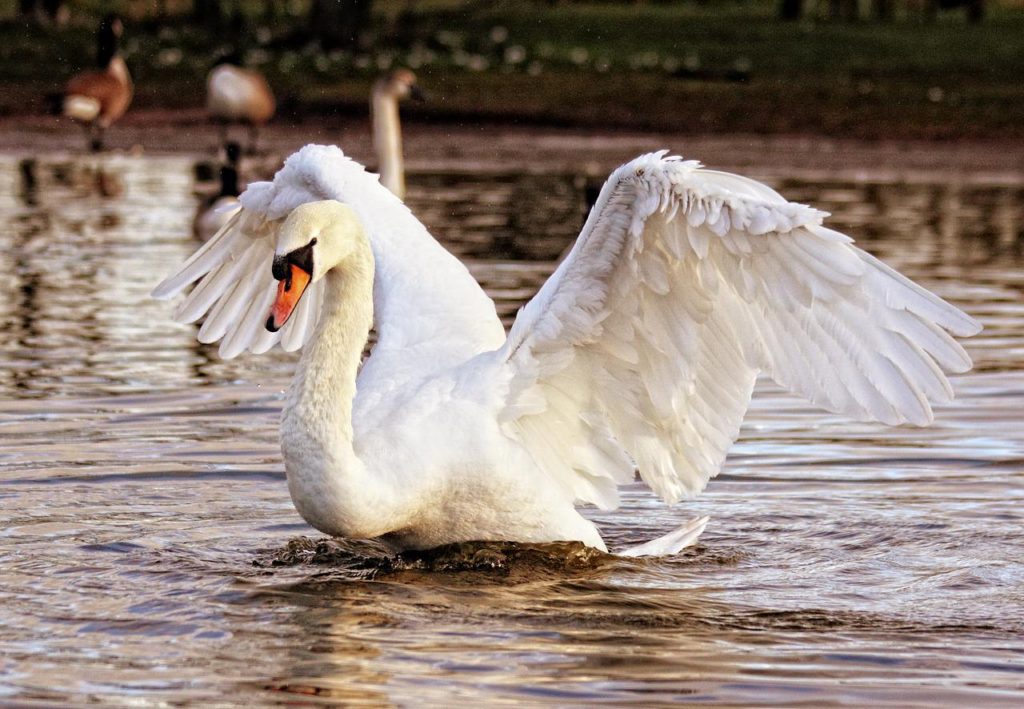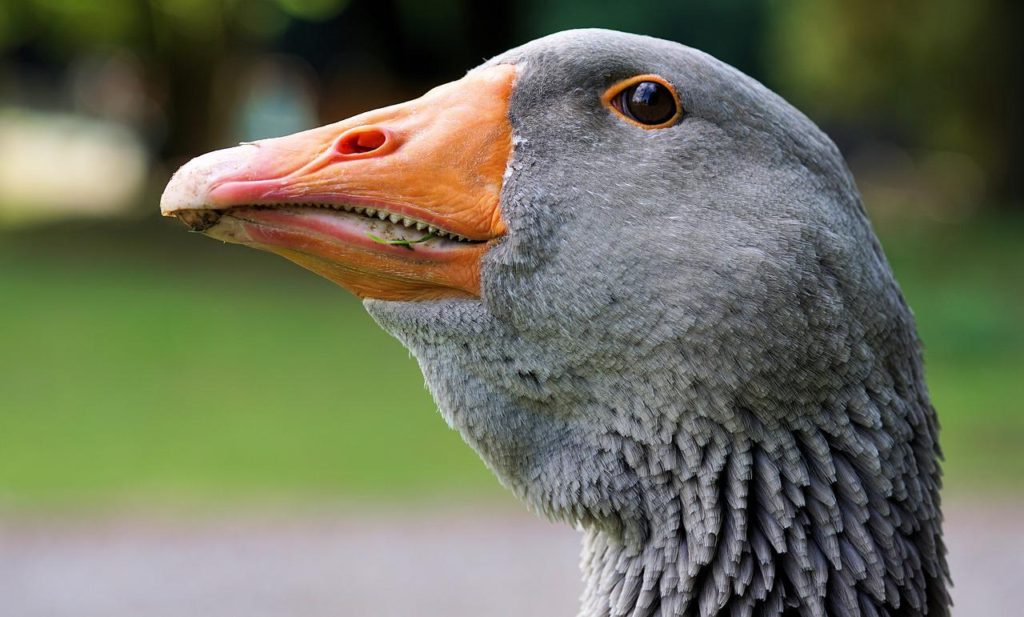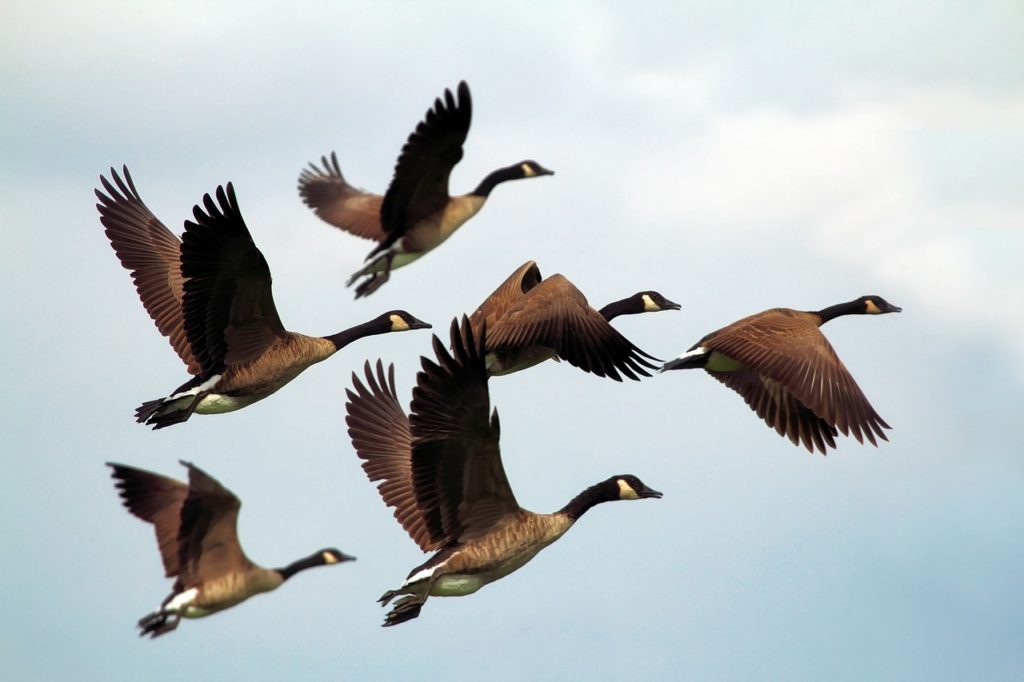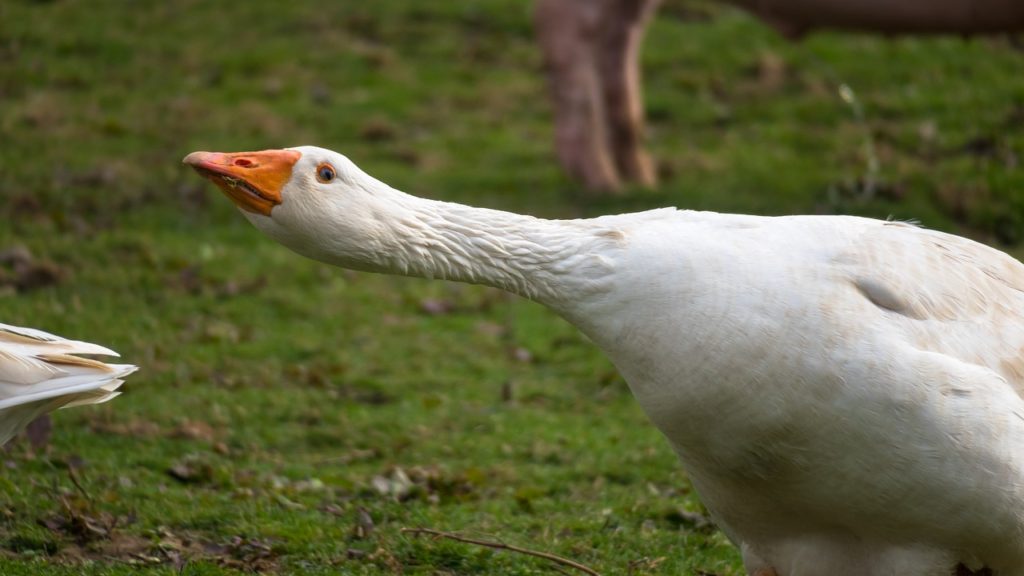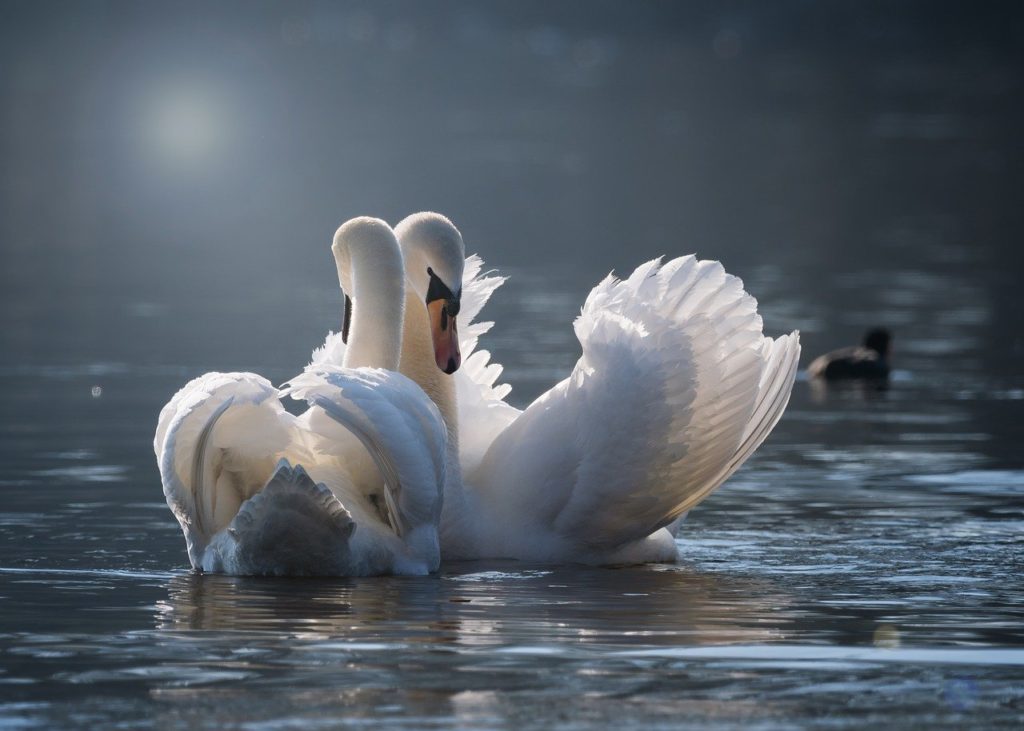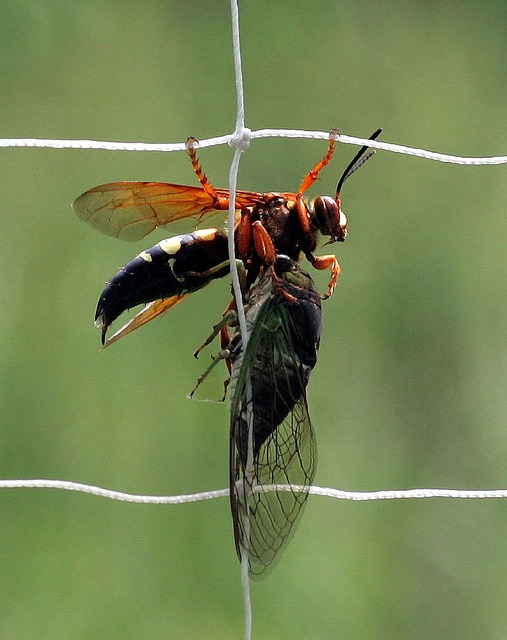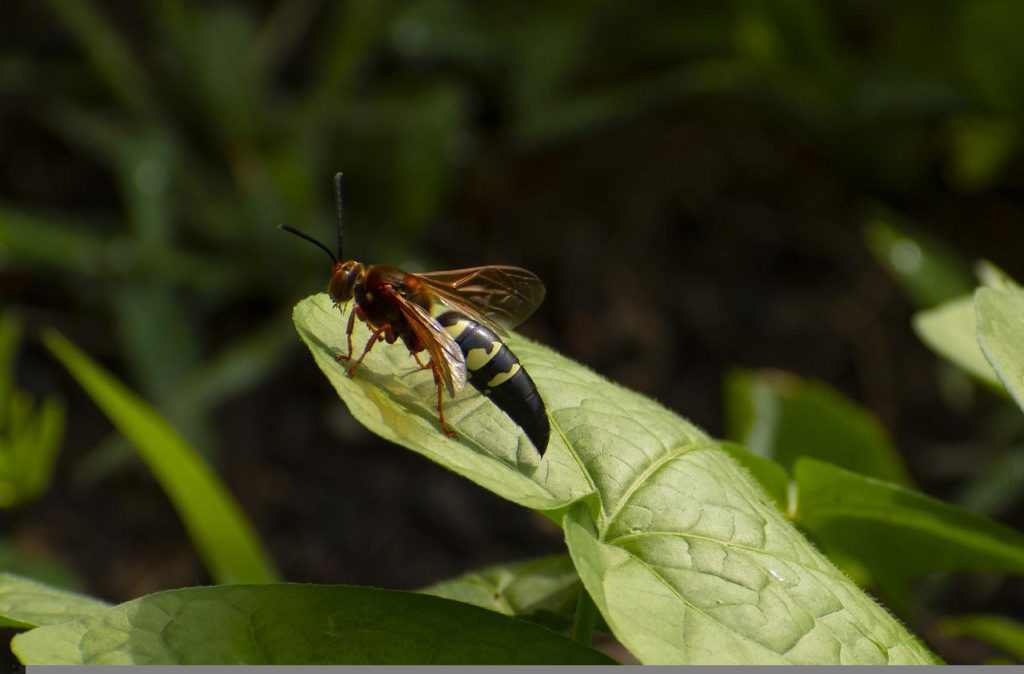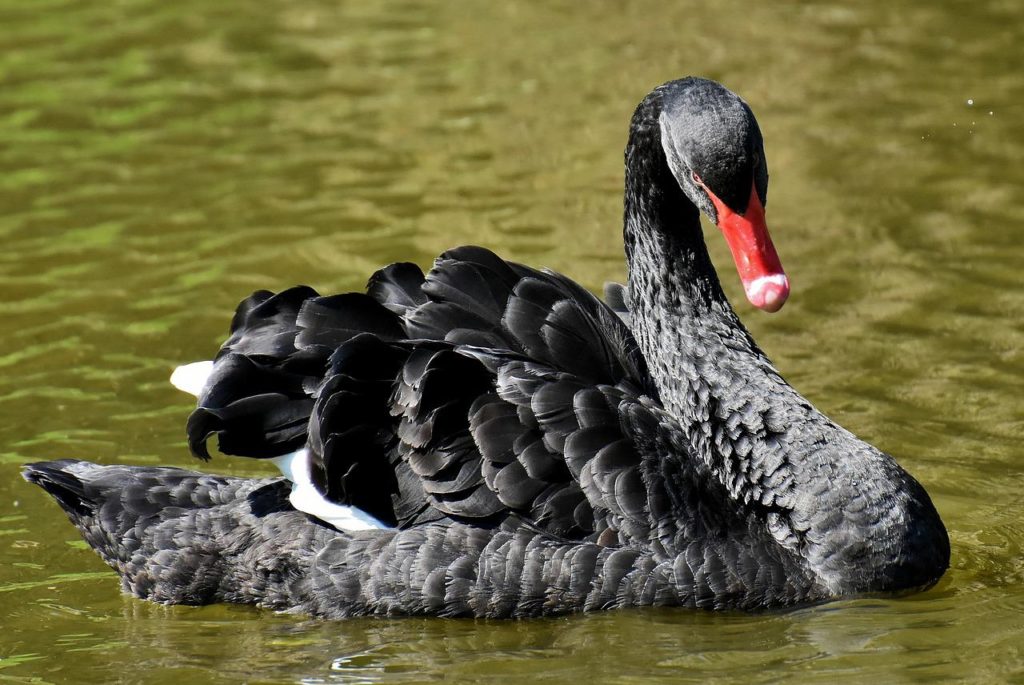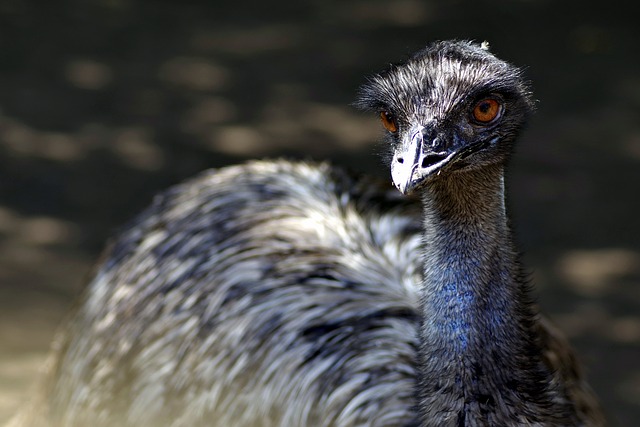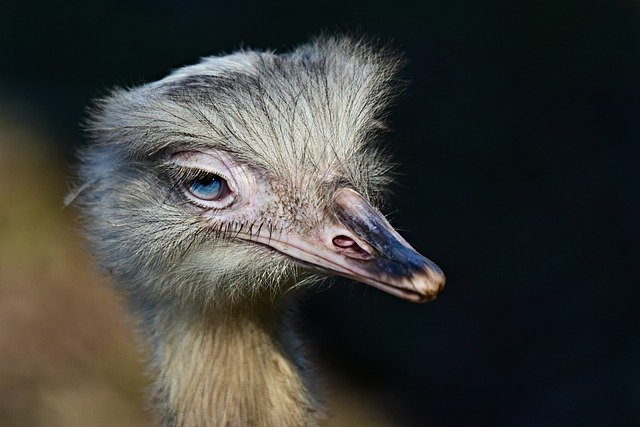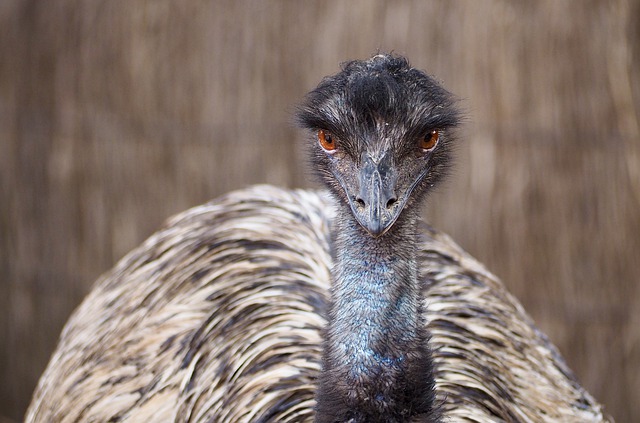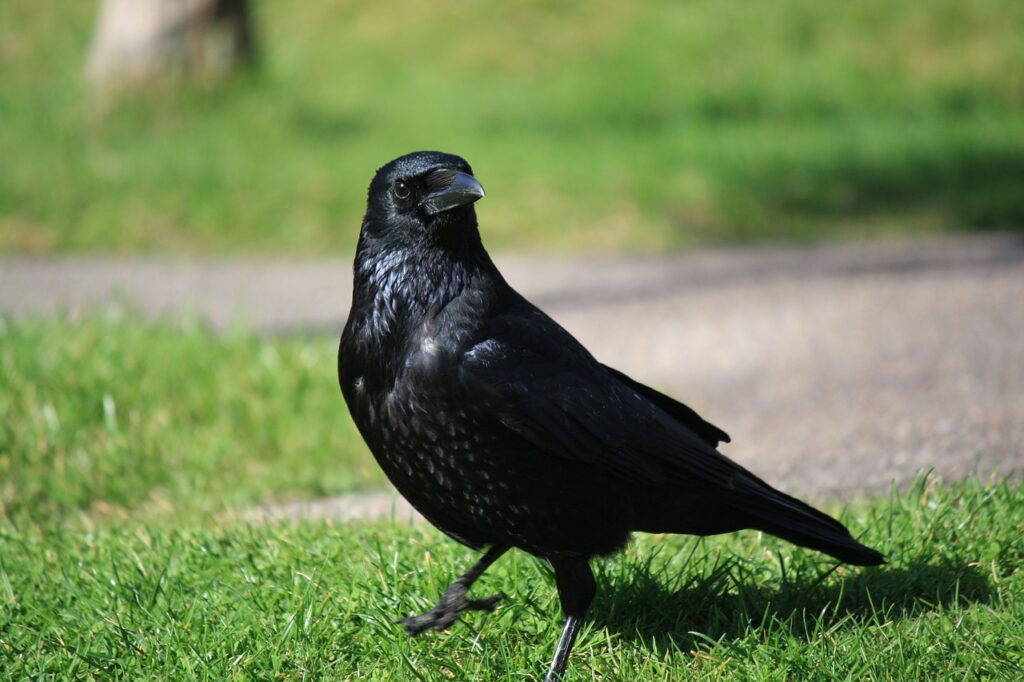
Are crows territorial? The answer is yes. However, just how territorial they are can depend on several factors. Here’s what you’ll need to know.
Territoriality In Birds
Territoriality is the behavioral trait of defending and maintaining a specific area territory against intruders. Typically it is against intruders of the same species but not always. It is common in various animals, including many types of birds.
And that includes crows. Other examples of birds known for their territorial behavior include magpies, robins, red-winged blackbirds, blue jays, cardinals, and mockingbirds, to name a few.
Crow Territory Basics
During the breeding season, unpaired males will attempt to seek out and claim territories. Having a territory helps male crows to attract a mate since the territory will serve as a nesting and foraging area. Once he has attracted a female partner, the birds will work to defend it.
Crows mate for life, and as long as their territory provides sufficient resources, the pair will stay in the same territory year after year. And their offspring will usually stick around for a few seasons as well. Crow territory size can range anywhere from 15 to 60 acres or even more.
Because during the breeding season, they need more resources and protection for their young, the size of a crow’s territory will generally be larger at this time than during the rest of the year.
When Are Crows Territorial?
Crows are territorial year-round. However, they become highly territorial during the breeding season as there is competition for mates, they are securing nesting sites, and raising their young. The breeding season typically runs from late winter to early summer but can vary by location and climate.
Outside of the breeding season, crows are typically less territorial. However, that being said they will still defend their territories. This is true even during the fall and winter months. During this time they travel to sleep at night in communal roosts with crows from many other family groups.
However, despite being accepting of other crows in their nightly roost, during the daytime, they will return to their individual territory to forage for food and defend it from other crows. Yet they won’t normally do so as intensely as during the breeding season.
Other Factors That Influence Territoriality In Crows
There are a few other factors that influence just how territorial crows are. This includes the availability of food and the presence of competing crows nearby. For example, crows in more densely populated regions are often more territorial for the majority of the year. That’s because in these areas there is usually a higher population of competing crows and also scarcer food options.
In contrast, in more rural areas where there are not as many other crows and the food is more abundant, crows may be much less territorial.
The genetics and hormone levels of individual crows can influence how aggressively they defend their territory as well. And so can the experiences and territorial conflicts a crow has had in the past. In areas where there are high numbers of predators or other species that compete directly with them for resources, crows will also be more apt to defend their territory vigorously.
How Do Crows Defend Their Territory?
Crows will protect their territory from competing crows and potential predators in various ways. To spot intruders, they will often perch somewhere high up that gives them a clear vantage point of their territory. Crows will also fly around and patrol which in addition helps to make their presence known to any crows nearby.
They will vocalize too, making loud warning calls that assert their claim to the area. And when they spot other crows, they may use physical displays to scare them out of the area. They may puff up their feathers to make themselves look larger than they are and intimidate them. Another display used is bill fencing (when crows open and close their beaks).
If they don’t leave rival crows and perceived threats may be chased, mobbed by multiple birds, and dive-bombed in an attempt to drive them away. In more serious cases crows may resort to physically attacking intruders.
Why Are Crows Territorial?
Being territorial is advantageous to crows in several different ways. Claiming and defending their territory from competing crows helps to ensure that they and their young have exclusive access to a reliable food source. It also helps create a safe place for breeding and raising their young.
Driving away potential predators increases the chances that the young and other crows in the family group will survive. And while it may be aggressive, the territorial behavior of crows actually helps to establish and maintain a cohesive crow society. It usually keeps the peace.
That’s because territorial displays tell neighboring crows what areas are already claimed and where the boundaries of those specific territories are. This helps to prevent any unnecessary conflicts and life-threatening injuries.
Start Shopping for Birding Supplies!
What Are Crows Good For?
Crows are widely considered to be pests. However, these large and highly intelligent black birds actually serve quite a few important functions in the environment. So what are crows good for? Here's what you'll want to know. Pest And Parasite Management Crows are...
How Long Do Swans Live?
Swans are graceful and beautiful creatures and as such, people have many questions about them. They want to know about their mating rituals, their diet, their preferred habitats, and even their lifespans. How long do swans live for anyway? Swan lifespans actually vary...
Are Crows Good Pets?
People all around the world see and hear crows on a daily basis. Although these intelligent and dark birds are practically ubiquitous, most people don't think of them as being household pets. Are crows good pets? The general consensus is that crows do not make...
Are There Crows In Australia?
Crows are remarkably smart birds that also happen to be extremely adaptable. They navigate unfamiliar circumstances via observation and interaction. Crows reside in locations all over the globe. While they do not live in certain parts of South America, they do reside...
What Do Swans Eat?
Swans are famously long-necked birds that are symbols of romance, love, beauty, and purity. Since these waterbirds have so many admirers, people often wonder about their eating habits, behaviors, and more. What do swans eat, anyway? Swan Basics Swans typically live in...
Birds That Look Like Owls
Owls are typically solitary and mainly nocturnal birds. And although these well-known hooting creatures have a rather distinctive physical appearance, there are actually various other kinds of birds that resemble owls closely. And people sometimes mix them up. So...
Why Are Swans Protected?
Swans are graceful and gorgeous creatures. They also happen to have protection in the United Kingdom, interestingly enough. Why are swans protected there, anyway? And does the Queen own all the swans? Yes, she actually owns any mute swans that are unclaimed in both...
Birds With Teeth
Birds do not have teeth. However, there are quite a few that really look like they do! These birds have evolved special beaks which help them to perform important functions. So here are some of the most amazing birds with “teeth,” and what you’ll want to know about...
Do Geese Fly?
Although geese are clearly birds, there are many individuals who do not necessarily associate them with flying. So, do geese fly? The honest answer is that these waterfowl do. They do not exactly slouch in the flying department, either. Many people are pleasantly...
Are Geese Dangerous?
Geese, in brief, are waterbirds that are quite substantial in size. Since they're often spotted on golf courses, at schools, and in community parks, people understandably tend to wonder whether they're safety threats. Are geese dangerous? Why Geese Attack...
Do Swans Mate For Life?
Swans are famously elegant waterbirds that are known for their sizable bodies, webbed feet, and lengthy necks. People often associate them with romantic imagery and monogamy. Do swans mate for life? You can find the response to that common and rather fascinating...
When Do Cicada Killers Come Out?
Whether you dread them each year or are waiting for them to emerge and control the cicada population you may be wondering, “When do cicada killers come out? The answer is they come out each summer in late June or July. Here’s what you’ll want to know. Cicada Killer...
Are Cicada Killers Dangerous?
One look at one of these huge wasps buzzing around, your yard, and it’s only natural to ask, “Are cicada killers dangerous?” Fortunately, these wasps are mild-mannered. But here’s what you’ll want to know. Cicada Killer Wasps Basics Cicada killers emerge from the...
What Are Black Swans?
What are black swans? Black swans (Cygnus atratus) are sizable waterbirds. This species primarily appears in Australia's southwestern and southeastern portions. The black swan is nomadic in its homeland. This bird, true to its name, is mostly black. Although the bird...
What Do Cicada Killers Eat When There Are No Cicadas?
What do cicada killers eat when there are no cicadas? Well, while cicada killer wasps do hunt cicadas, the adults don’t actually eat them or kill them, their young do. Read on to learn more! The Cicada Killer Diet While you may have seen cicada killer wasps flying...
Do Cicada Killer Wasps Sting?
As one of the biggest species of wasp in North America the cicada killer wasp can be intimidating. And because of their size, appearance, and scary-sounding name, many people wonder, “Do cicada killer wasps sting? The answer is yes and no, and here’s what you’ll want...
Emu Facts
Did you know? One emu egg can make an omelet that can feed up to six adults. Did you know that the emu is the only bird with calf muscles? Can an emu walk backward? Let us find out by exploring some of the most jaw-dropping emu facts. Emus Have Amazingly Powerful Legs...
Rhea Facts
Doting dads, did you know the male rhea builds the nest, incubates the eggs, and takes care of the young? The rheas are paragons of parental care. It’s a bird like no other, and you will be surprised by the following rhea facts. Rheas Are One Of The Best Dads In The...
Alligator Snapping Turtle Facts
Flightless Australian Birds
There are over sixty species of flightless birds in the world. These birds have lost their capability to fly through evolution, and several of them live in the “land Down Under.” So here’s a list of all the flightless Australian birds. Emu The emu is a large...
